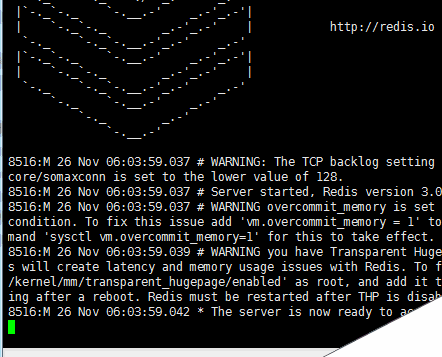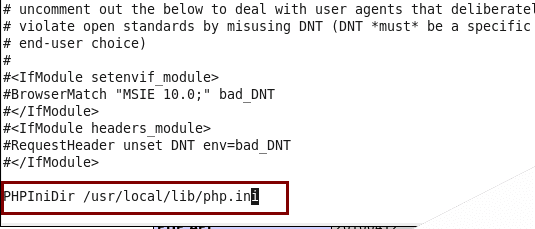将之前编译好的OSG运行库解压到C:\,启动VS2010,编写一个简单的Win32控制台程序运行:
// TestOSG.cpp:定义控制台应用程序的入口点。 // #include
按F7生成解,出现很多错误,提示:
1>----- 构建开始:项目:TestOSG,配置:调试 Win32 ------ 1>构建开始时间为 2015-4-29 19:18:27。 1>InitializeBuildStatus: 1> ?创建“Debug\TestOSG.unsuccessfulbuild”,因为指定了“AlwaysCreate”。 1>ClCompile: 1> ?所有输出都是最新的。 1> ?TestOSG.cpp 1>c:\documents and settings\administrator\my Documents\visual studio 2010\projects\testosg\testosg\testosg.cpp(3): warning C4627: “#include
等等。
折腾了好久才发现是
#include
#include“stdafx.h”
改变的位置,变成:
// TestOSG.cpp:定义控制台应用程序的入口点。 // #include "stdafx.h" #include
就是这样!
简介
最近在做一个项目,需要在C++中通过WebSocket与服务器通信,但是我们在C++中不能直接使用WebSocket,所以在网上搜索后发现websocket++库非常合适。 Websocket基于HTTP协议,或者借用HTTP协议来完成部分握手,并且很好地支持长连接,比ajax轮询和长轮询更节省资源。关于WebSocket的具体知识,可以参考知乎上的这篇文章:https://www.genealogy-computer-tips.com/question/20215561
准备
去GitHub下载websocket++ https://www.genealogy-computer-tips.com/zaphoyd/websocketpp 设置好Boost后,直接去以下网站下载编译好的版本,无需自己编译(选择自己对应的ms版本,如VS2015 64位)选择boost_1_61_0-msvc-14.0-64.exe)https://www.genealogy-computer-tips.com/projects/boost/files/boost-binaries/1.61.0/
配置方法
第一步新建一个项目,并将项目属性调整为Release x64模式,如下图
第二步,打开项目-项目属性窗口,选择VC++目录,在“包含目录”下添加boost和websocket++目录,如下图
第三步,在“库目录”下添加boost的lib包目录
点击“应用”,然后点击“确定”,确定就完成了。
一个简单的WebSocket客户端
我们将下载的websocket++文件夹目录下的websocketpp-master\examples\echo_client中的C++代码文件复制到项目中测试运行。附上代码:
#包括
#包括
#包括
typedef websocketpp::client
使用 websocketpp::lib::占位符::_1;
使用 websocketpp::lib::占位符::_2;
使用 websocketpp::lib::bind;
//提取我们的配置发送的消息类型
typedef websocketpp::config::asio_client::message_type::ptr message_ptr;
// 每个传入消息都会调用此消息处理程序一次。是
//打印消息,然后将消息的副本发送回服务器。
void on_message(client* c, websocketpp::connection_hdl hdl, message_ptr msg) {
std::cout << "使用 hdl 调用 on_message: " << hdl.lock().get()
<< " and message: " << msg->get_payload()
<< std::endl;
websocketpp::lib::error_code ec;
c->发送(hdl, msg->get_payload(), msg->get_opcode(), ec);
如果 (ec) {
std::cout <<“回显失败,因为:” << ec.message() << std::endl;
}
}
int main(int argc, char* argv[]) {
// 创建客户端端点
客户端 c;
std::string uri = "ws://这里附上你自己的ws地址";
尝试{
// 将日志记录设置为非常详细(除了消息有效负载之外的所有内容)
c.set_access_channels(websocketpp::log::alevel::all);
c.clear_access_channels(websocketpp::log::alevel::frame_payload);
// 初始化ASIO
c.init_asio();
// 注册我们的消息处理程序
c.set_message_handler(bind(&on_message,&c,::_1,::_2));
websocketpp::lib::error_code ec;
client::connection_ptr con = c.get_connection(uri, ec);
如果 (ec) {
std::cout <<“无法创建连接,因为:” << ec.message() << std::endl;
返回0;
}
// 注意这里的connect只是请求连接。没有网络消息
// 交换,直到事件循环在下一行开始运行。
c.connect(con);
// 启动ASIO io_service运行循环
// 这将导致与服务器建立单个连接。 www.genealogy-computer-tips.com()
// 当此连接关闭时将退出。
www.genealogy-computer-tips.com();
} catch (websocketpp::Exception const & e) {
std::cout << e.what() << std::endl;
}
}
至此,我们就完成了websocket++的基本配置。
PS.如果编译器提示你“错误:后面有::的名称一定是类名或命名空间名”或者其他一些奇奇怪怪的错误,那多半是websocket++和boost的附加目录没有配置好
来源目录
? |-- stdafx.h
? |--Util目录
























0条大师的评论